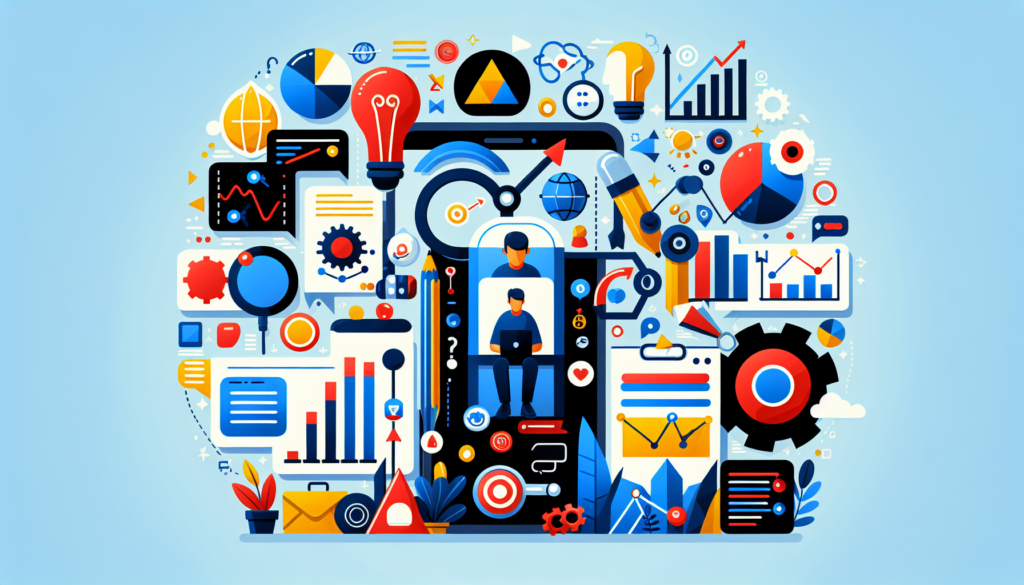In the digital age, analyzing user behavior on mobile devices has become a critical aspect of understanding how they interact with apps and offered services. This deep understanding allows developers and businesses to optimize user experience, improve retention, and foster customer loyalty. As smartphones and tablets become the primary points of Internet access, analytics methodologies must evolve to adapt to the diversity of interactions and usage contexts. This article explores advanced methods for analyzing behavior on mobile devices, presenting theoretical foundations, current practical applications, and considering emerging trends in the technology landscape.
Mobile Device Behavior Analysis: Theoretical Foundations
User behavior analysis on mobile devices is based on the collection and processing of large volumes of data generated by user interactions with the device. Mobile behavior analytics focuses specifically on identifying patterns and extracting insights from event logging, which may include clicks, swipes, screen time, form interactions, and navigational flows within the app.
Data Collection and Management
Data is collected through tracking tools embedded in mobile apps or mobile web apps, which can be specialized SDKs or integrated analytics platforms. An approach with a modern data architecture involves the implementation of event-centered data stores (like data lakes), which allow for the capture of raw data as well as flexibility for subsequent processing and real-time analysis via streaming.
Data Analysis and Visualization
Once collected, data undergoes rigorous cleaning and transformation to ensure its quality and relevance. The use of Machine Learning to classify and predict user behavior is key, employing supervised and unsupervised algorithms to uncover correlations and anomalies in the data. Advanced visualization, using tools such as interactive dashboards and ad-hoc reports, plays a crucial role in the interpretation of analytical results and in making data-driven decisions.
Practical Applications: Success Stories and Challenges
In the competitive mobile app market, behavior analysis is indispensable. Highlighting two notable success stories, e-commerce apps optimize conversion paths by analyzing purchase funnels, adjusting UX/UI to minimize cart abandonment. In the social networking sector, content recommendation algorithms have been improved by leveraging a deep understanding of in-app user behavior.
The Privacy Perspective
In the practice of behavior analysis, regulatory compliance regarding privacy and data protection is both a challenge and an opportunity. The scrutiny of regulations such as GDPR and CCPA forces companies to adopt transparent and secure data handling practices, redefining how to collect and use user data while respecting their consent and rights.
Emerging Trends and the Future of Behavior Analysis
The future of behavior analysis seems to be inextricably linked to the advancement of Artificial Intelligence (AI) and the deeper integration of technologies like the Internet of Things (IoT), which promise to take contextual behavior analysis to new heights. The application of advanced predictive models, AI-based personalization, and user micro-segmentation offer even more granular personalization and user experiences highly tailored to individual behavior patterns.
Technically, the evolution of autonomous analytics frameworks and improvements in natural language processing (NLP) and computer vision open the door to understanding not only tactile behavior on mobile devices but also non-explicit verbal and visual interactions.
For businesses and developers, staying at the forefront of mobile device behavior analysis is more than an option; it is a strategic imperative. The ability to collect, analyze, and act based on user behavior data will make the difference between mobile products that achieve a committed user base and those that merely survive in the highly saturated digital market. Close collaboration between data scientists, mobile app developers, and user experience experts is essential to uncovering valuable insights and translating them into concrete actions that benefit both users and the company.

